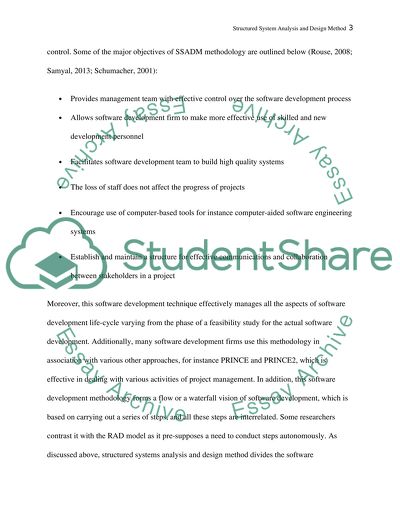Cite this document
(“Structured System Analysis and Design Method Research Paper”, n.d.)
Retrieved from https://studentshare.org/information-technology/1468613-structured-system-analysis-and-design-method
Retrieved from https://studentshare.org/information-technology/1468613-structured-system-analysis-and-design-method
(Structured System Analysis and Design Method Research Paper)
https://studentshare.org/information-technology/1468613-structured-system-analysis-and-design-method.
https://studentshare.org/information-technology/1468613-structured-system-analysis-and-design-method.
“Structured System Analysis and Design Method Research Paper”, n.d. https://studentshare.org/information-technology/1468613-structured-system-analysis-and-design-method.


